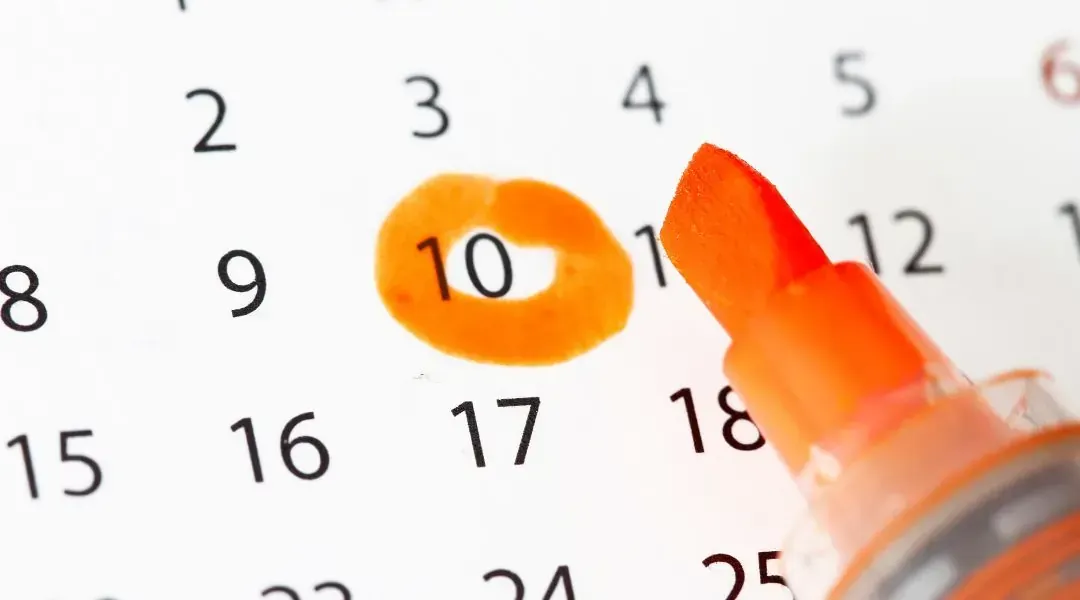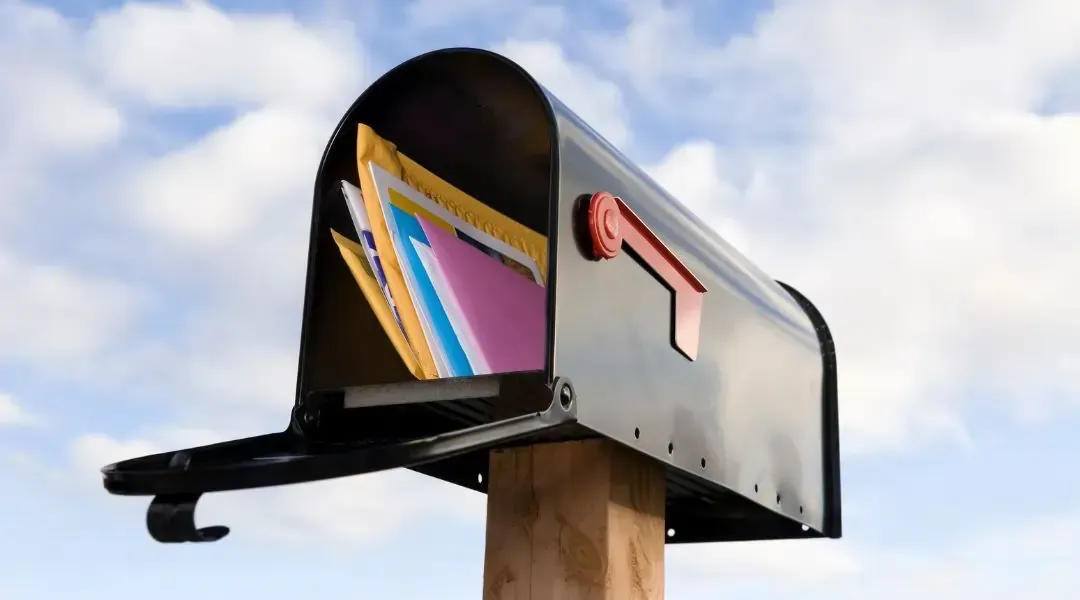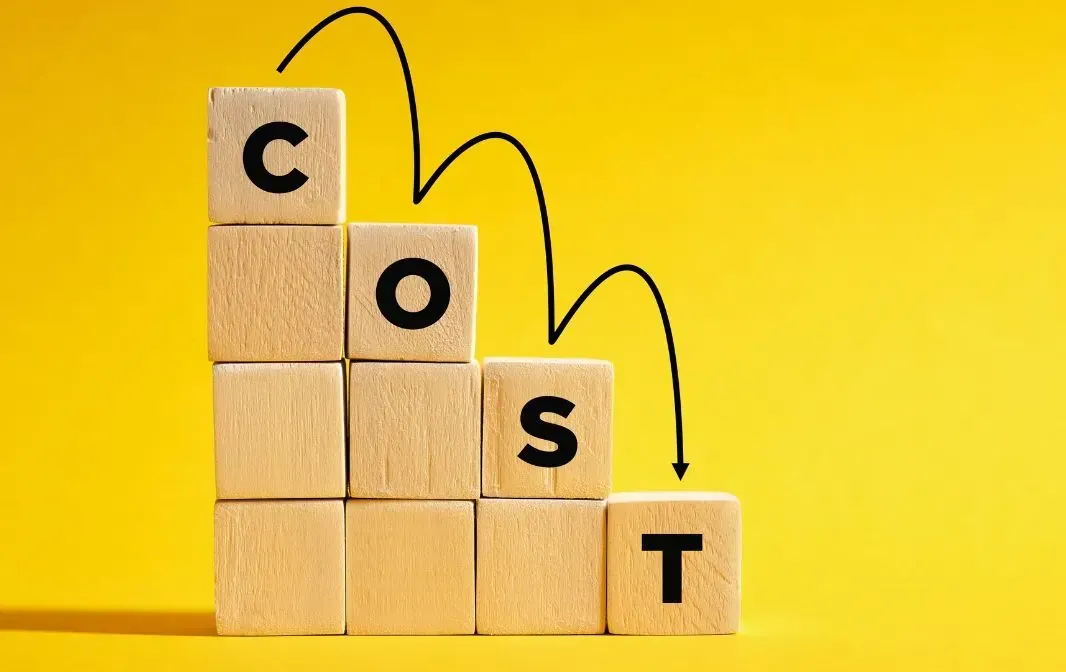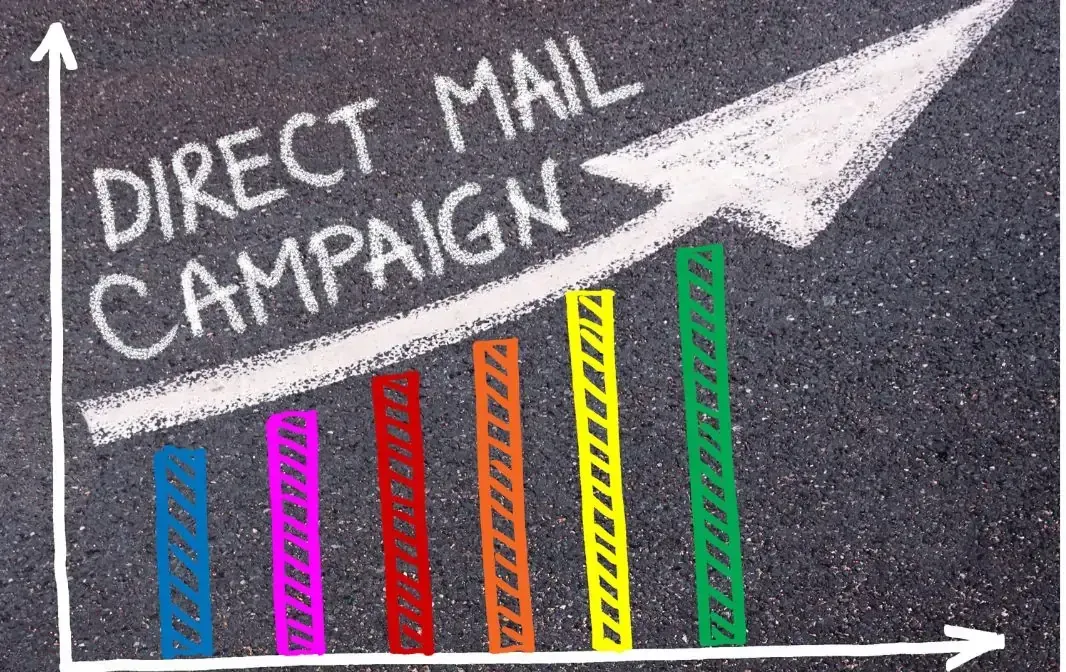Best Practices for Timing and Frequency of Dental Postcards

In an era dominated by digital marketing, traditional methods like dental postcards still play a significant role in driving patient engagement and retention. These tangible, visually appealing mailers effectively capture attention and prompt patients to take action. However, the key to their success lies in understanding the best timing and frequency for mailing.
This article explores:
- The optimal times to send dental postcards.
- Tips for determining the right frequency.
- Tools that streamline campaign scheduling for maximum impact.
For expert insights into how postcards can enhance your dental practice marketing, check out our direct mail services.
Timing Strategies
When it comes to postcard marketing, timing is critical. A well-timed postcard ensures your message reaches patients when they are most likely to act on it.
Optimal Times to Send Postcards
1. Seasonal Trends
Understanding your audience’s seasonal habits is vital to optimizing postcard delivery.
- Summer: Families often schedule appointments before school starts. A postcard campaign during this period can help fill your calendar with back-to-school check-ups.
- End-of-Year: Encourage patients to use their remaining insurance benefits before they expire.
- Spring Cleaning: Align postcard campaigns with the theme of renewal and cleaning, focusing on services like teeth whitening and oral hygiene.
2. Holidays and Special Events
Holidays and events provide perfect opportunities to engage patients:
- Pre-holiday mailers for Christmas, New Year, and Halloween can remind patients to book appointments.
- Use events like National Dental Hygiene Month in October to promote awareness about oral health.
3. Monthly Cycles
Studies indicate that the start and end of the month are ideal for marketing:
- Early in the month: People are focused on planning and budgeting.
- End of the month: Patients often act on pending tasks, including scheduling appointments.
4. Weekday Preferences
Certain days of the week yield better response rates:
- Tuesdays and Wednesdays: These mid-week days see the highest engagement as people settle into their routines.
- Avoid Mondays (busy catch-up day) and Fridays (focus shifts to weekend planning).
Frequency Tips
Finding the right balance in postcard frequency ensures you stay connected with your patients without overwhelming them.
How Often Should You Send Postcards?
1. Quarterly Campaigns
A quarterly schedule is a reliable baseline. This approach ensures regular touchpoints without being intrusive.
2. Monthly Reminders
For practices aiming to maintain consistent visibility, monthly postcards are an effective solution. To keep content fresh:
- Highlight seasonal promotions (e.g., summer cleanings).
- Rotate topics like oral hygiene tips or insurance reminders.
3. Event-Driven Campaigns
Tailor your campaigns to specific events or launches:
- Launch of new services such as orthodontics or whitening.
- Limited-time promotions for procedures like dental implants.
4. Patient Lifecycle Marketing
Customize your postcard schedule based on where the patient is in their journey:
- New Patients: Welcome postcards followed by reminders for their first check-up.
- Established Patients: Bi-annual updates about new services or promotions.
- Inactive Patients: Reactivation campaigns to reconnect with those who haven’t visited recently.
Scheduling Tools
Automation is a game-changer in postcard marketing. Using tools to plan and track campaigns saves time and ensures precision.
Recommended Tools for Scheduling
1. Campaign Monitor
- Automates email and postcard marketing.
- Provides detailed analytics to evaluate campaign success.
2. Mailchimp
- Simplifies segmentation and automates delivery based on customer engagement.
- Ideal for running multi-channel campaigns, combining postcards with digital outreach.
3. Constant Contact
- Offers customizable templates and robust scheduling options.
- Perfect for small businesses looking to optimize their marketing efforts.
For more options, visit our comprehensive guide on branding and strategy.
Effective dental postcard campaigns are built on three pillars: timing, frequency, and execution.
Leverage Seasonal Opportunities
- Focus on high-response periods such as holidays and back-to-school seasons.
Maintain Balanced Frequency
- Start with quarterly campaigns and adapt based on patient engagement.
Use Automation for Precision
- Tools like Mailchimp and Campaign Monitor simplify scheduling and tracking, saving time and enhancing ROI.
FAQs
Q1: How can I track the success of my postcard campaigns?
A: Tracking postcard campaign performance is straightforward with tools like Mailchimp and Campaign Monitor, which provide analytics on delivery rates and engagement. Additionally, you can include unique promo codes, QR codes, or campaign-specific URLs on your postcards. These elements allow you to measure response rates and track conversions directly.
Q2: What type of content should I include in my dental postcards?
A: The content of your postcards should be concise, visually appealing, and actionable. Include essential details such as appointment reminders, promotions for new services, and tips on dental health. Adding a clear call to action, such as “Schedule your appointment today!” or “Call us to learn about our whitening special,” ensures recipients know exactly what steps to take next.
Q3: What makes a postcard stand out to recipients?
A: To capture attention, use high-quality visuals and compelling headlines that immediately communicate your message. Personalization, such as addressing the postcard to the recipient by name, can also make a significant impact. Adding a special touch, like a handwritten note or a small thank-you message, can further increase engagement.
Q4: Should I choose physical or digital postcards for my campaigns?
A: Both physical and digital postcards have unique advantages. Physical postcards offer a tangible experience that is more memorable, while digital postcards are cost-effective and easier to track. Combining both strategies can maximize your campaign’s effectiveness by leveraging the benefits of each.
Q5: What should my budget be for postcard marketing?
A: Your postcard marketing budget will depend on the size of your practice and your campaign goals. A good starting point is allocating 10-20% of your total marketing budget to postcards. This ensures you can cover design, printing, and mailing costs while leaving room for additional marketing efforts.
By implementing these best practices, your dental postcard campaigns can achieve greater patient engagement and practice growth.






















